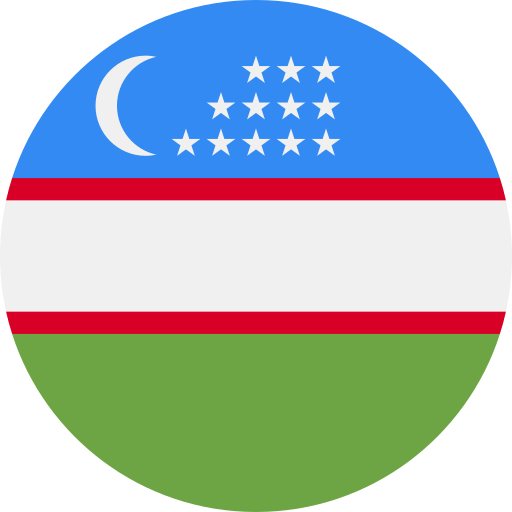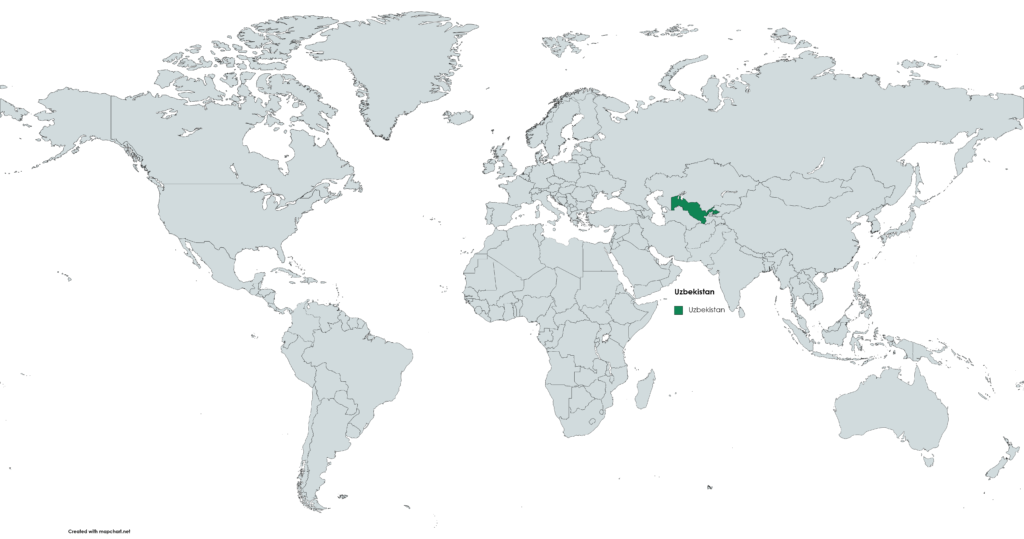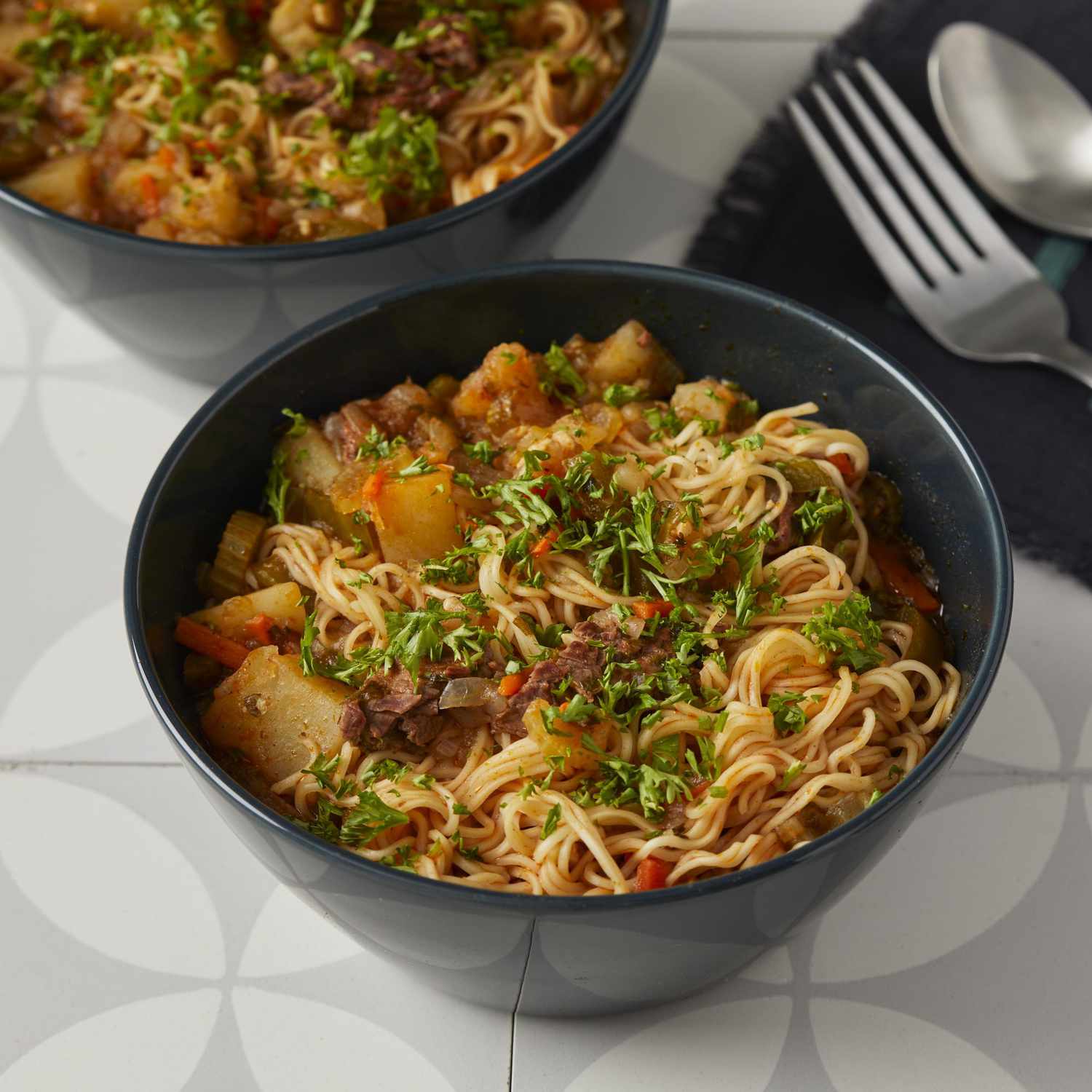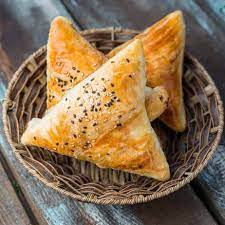Uzbekistan travel tips
Uzbekistan travel tips: In Central Asia, boasts ancient Silk Road cities, diverse landscapes, vibrant culture, and rich history, blending tradition with modernity.
Regions 🌎
Uzbekistan travel tips. Here is a list of all the regions of the Uzbekistan.

Republic of Karakalpakstan

Andijan Region

Bukhara Region

Fergana Region

Jizzakh Region

Khorezm Region

Namangan Region

Navoiy Region

Qashqadaryo Region

Samarqand Region

Sirdaryo Region

Surxondaryo Region

Tashkent Region

Sughd Region

Toshkent Region
Before you go 🛩
Important information you should know before your trip
Info

Capital | Tashkent
Flag Codes:
ISO alpha-2 UZ,
ISO alpha-3 UZB
Currency
Badge | Som Uzbek
CODE | UZS
NUMBER | 860
SYMBOL | лв
FRACTION | tiyin
Mobile Coverage
Dialing Code | +998
SIM Card
Coverage | 3G / 4G / 5G |
Mobile Networks | Beeline Mobile | Ucell Mobile | UMS Mobile | UzMobile |

Location
Uzbekistan is a landlocked country located in Central Asia. Here are some details about its location:
Geographical Coordinates: Uzbekistan is situated between latitudes 37.2°N and 45.6°N, and longitudes 56°E and 73.1°E.
Land Area: Uzbekistan covers an area of approximately 448,978 square kilometers (173,351 square miles), making it the 56th largest country in the world.
Regions: Uzbekistan is divided into 12 administrative regions, including the autonomous Republic of Karakalpakstan. The regions are Andijan, Bukhara, Fergana, Jizzakh, Karakalpakstan, Kashkadarya, Khorezm, Namangan, Navoiy, Samarkand, Sirdaryo, Surxondaryo, and Tashkent. The capital city, Tashkent, is located in the Tashkent Region.
Uzbekistan’s central location in Central Asia makes it a crossroads between Europe and Asia. The country is known for its rich history, ancient cities along the Silk Road, diverse culture, and stunning landscapes.
Currency
The official currency of Uzbekistan is the Uzbek som (UZS), which is divided into 100 tiyin. The banknotes available are 1, 3, 5, 10, 25, 50, 100, 200, 500, 1,000, 5,000 and 10,000 Uzbek som, while the coins in circulation are 1, 5, 10, 25, 50 and 100 We are Uzbeks.
Regarding their design, the Uzbek som banknotes present images of important historical and cultural figures of Uzbekistan, as well as monuments and emblematic places of the country. The coins have different designs, with motifs representative of the culture and history of Uzbekistan.
The Uzbek som is a relatively stable currency and its value has fluctuated over time. The Central Bank of Uzbekistan is in charge of issuing and regulating the currency in the country.
Languages
Uzbek is the official and most widely spoken language in Uzbekistan. It is a Turkic language and uses the Cyrillic alphabet.
In addition to Uzbek, other minority languages are also spoken in Uzbekistan, such as Russian, Tajik, Kazakh, Karakalpak, and Turkmen. Russian is the second most widely spoken language in Uzbekistan and is widely used in education and business. Tajik is spoken by a minority in the Samarkand and Bukhara region, while Kazakh is spoken by a minority in the Karakalpakia region. Karakalpak is spoken by the Karakalpaka minority in the Karakalpakia autonomous region, while Turkmen is spoken by a minority in the Dashoguz region.
In summary, Uzbek is the official and predominant language in Uzbekistan, while the most widely spoken minority languages are Russian, Tajik, Kazakh, Karakalpak and Turkmen.
Climate 🌡
Uzbekistan has a predominantly continental climate, characterized by hot summers and cold winters. Here are some key features of Uzbekistan’s climate:
Summers (June to August): Summers in Uzbekistan are hot and dry, especially in the low-lying areas. Temperatures can reach high levels, particularly in July and August, with average daytime temperatures ranging from 30°C to 40°C (86°F to 104°F). The desert regions, such as the Kyzylkum Desert, experience scorching temperatures. It’s advisable to stay hydrated, wear sunscreen, and seek shade during the hottest parts of the day.
Autumn (September to November): Autumn is a transitional season in Uzbekistan, with temperatures gradually cooling down. September and October offer more comfortable temperatures, ranging from 20°C to 30°C (68°F to 86°F). It’s a pleasant time to visit Uzbekistan, as the weather is milder, and the landscapes often showcase vibrant autumn colors.
Winters (December to February): Winters in Uzbekistan can be cold, especially in the northern regions and higher elevations. Daytime temperatures range from 0°C to 10°C (32°F to 50°F), and nighttime temperatures can drop below freezing. The mountainous areas, such as the Tian Shan Mountains, receive significant snowfall, making them popular for winter sports enthusiasts.
Spring (March to May): Spring brings a gradual increase in temperatures and the awakening of nature in Uzbekistan. March and April offer pleasant weather, with temperatures ranging from 15°C to 25°C (59°F to 77°F). However, occasional temperature fluctuations and unpredictable weather patterns, including strong winds and dust storms, are possible during the spring season.
It’s important to note that Uzbekistan’s climate can vary across different regions due to the country’s diverse topography. The Fergana Valley in the east experiences a milder climate, while the desert regions in the west are extremely arid. The mountainous areas have cooler temperatures and higher precipitation.
Uzbekistan travel tips
If you’re planning a trip to Uzbekistan, here are some travel tips to enhance your experience:
Silk Road Marvels:
Explore ancient cities like Samarkand, Bukhara, and Khiva, showcasing stunning Islamic architecture and history.
Charming Culture:
Embrace Uzbek hospitality, try traditional cuisine, and enjoy lively markets and festivals for an authentic experience.
Weather Considerations:
Plan your visit in spring or autumn for milder temperatures; summers can be hot, especially in the desert regions.
Dress Modestly:
Respect local customs by dressing modestly, especially when visiting religious sites.
Transportation:
Use domestic flights, trains, or shared taxis for efficient travel between cities. Tashkent’s metro is a convenient option. View Guide.
Cultural Sites:
Visit Registan Square, Ark Fortress, and Itchan Kala in Khiva for iconic historical landmarks.
Bargaining:
Bargain in markets but do so respectfully. It’s a part of the culture, but excessive haggling is discouraged.
Enjoy your time in Uzbekistan!

The best of the best
Uzbek cuisine is known for its rich flavors, diverse ingredients, and influence from the Silk Road trade route.

Shashlik
Shashlik is a popular grilled meat dish in Uzbekistan. It consists of skewered pieces of marinated lamb, beef, or chicken, cooked over an open fire.

Lagman
Lagman is a hearty noodle soup made with handmade noodles, chunks of meat (usually beef or lamb), and an assortment of vegetables, including bell peppers, carrots, onions, and tomatoes.

Samsa
Samsa is a baked pastry filled with savory ingredients such as minced meat (usually lamb or beef), onions, and spices.
Here are some typical foods of Uzbekistan:
Shurpa: Shurpa is a hearty meat and vegetable soup. It is made with chunks of meat (usually lamb or beef), potatoes, carrots, onions, and various herbs and spices. Shurpa is a comforting and nourishing dish, often served with bread.
Non: Non is the traditional Uzbek bread, known for its round shape and decorative patterns on the surface. It is typically baked in a tandoor (clay oven) and has a soft interior and a crusty exterior. Non is an essential part of Uzbek meals and is served with various dishes.
Chak-Chak: Chak-Chak is a popular sweet treat in Uzbekistan. It consists of deep-fried dough pieces coated in honey syrup and shaped into small clusters. Chak-Chak is often enjoyed during celebrations and festive occasions.
Plov (Pilaf): Plov is considered the national dish of Uzbekistan. It is a flavorful rice dish cooked with meat (usually lamb or beef), carrots, onions, and various spices. It is often garnished with raisins, chickpeas, and fried onions. Plov is a centerpiece of Uzbek meals and is traditionally cooked in a large cauldron.
Manti: Manti are steamed dumplings filled with a mixture of minced lamb or beef, onions, and spices. They are often served with a dollop of sour cream or yogurt and sprinkled with black pepper or chili powder. Manti are a favorite dish for special occasions and gatherings.
The cuisine reflects the region’s history, cultural influences, and traditional cooking methods. Exploring the local food markets, teahouses, and traditional restaurants will allow you to discover even more culinary delights during your visit to Uzbekistan.
Transportation 🚥
More information about this country
Choose your destination 📍🗺
Useful Links ✅



